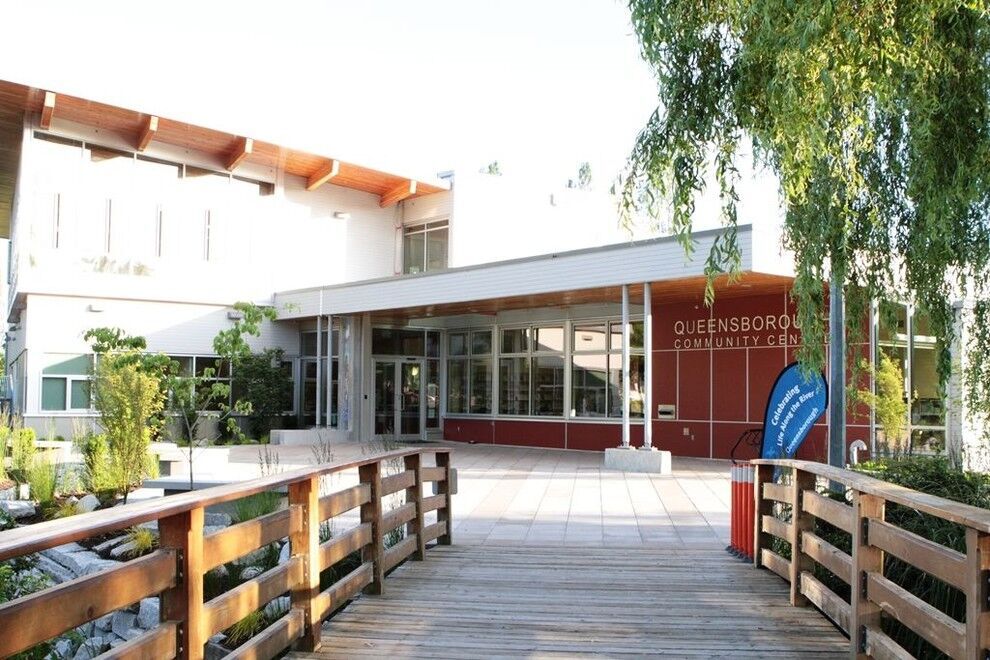
History class researched digital archives of WW1, made commemorative artwork
By Jake Wray, News Editor
Ten art projects made by history students at Douglas College are on display at the Queensborough Community Centre.
The artwork was originally created as part of a research project in a class called War and Society.
Jeff Schutts, the instructor who teaches the class, said in a phone interview with the Other Press that his students researched Canadian soldiers and nurses who served in World War 1 using a newly-available digital archive of World War 1 service records.
“Basically [my students] access these online archives of all these different service people, they pick one they want to personally commemorate, and then in my project they have to do the primary-source research looking into that particular person and they can find out from those digitized records when and where they were wounded, the enlistment contracts, if they were punished or disciplinary projects, if they were killed where they’re buried,” he said. “They also have to watch documentary films, watch dramatic movies, plus do regular scholarly-type background writing, and then they write, for me, a paper about how the various kinds of sources shape their understanding of the past … They [also] have to do a personal commemoration, so something that they do that honours and pays tribute to that person’s experience that they’ve been researching.”
Schutts said students had full choice as to how they would personally commemorate the soldier or nurse they were researching.
“Lots of people did posters, collages, and poems, but the museum people from New Westminster have selected a few of the more 3D projects and put 10 of them on display [at the Queensborough Community Centre,]” he said. “One guy built a little boat that has the soldier’s name painted on it and has a candle, and he wrote up about how this was a way to commemorate the guy who never got to come home, never got to take the boat home. Another person had an actual bullet and wrote about how that represents a life—that the bullet took this guy’s life, and so the commemorative project was to note that such a small little thing could eliminate someone’s entire future.”
Schutts said the digital archives provided a learning opportunity that wouldn’t otherwise be available and that his students generally enjoyed the research project.
“I’ve seen other [instructors] do so-called creative projects, I always thought it was kind of silly, like high school-ish, to be making an art project as part of a history course. But I adapted it to my course and made it so I explicitly never grade the artistic part of it. They can do whatever they want and I’m not going to grade it. It’s for them to do as a personal act of commemoration,” he said. “The students love doing it, and they enjoy doing the commemorative parts. I’ve done it now twice, and students were so into the project I’m going to keep on doing it, because it gives them a way to make history tangible and real in a way that doesn’t usually happen in a college course.”


